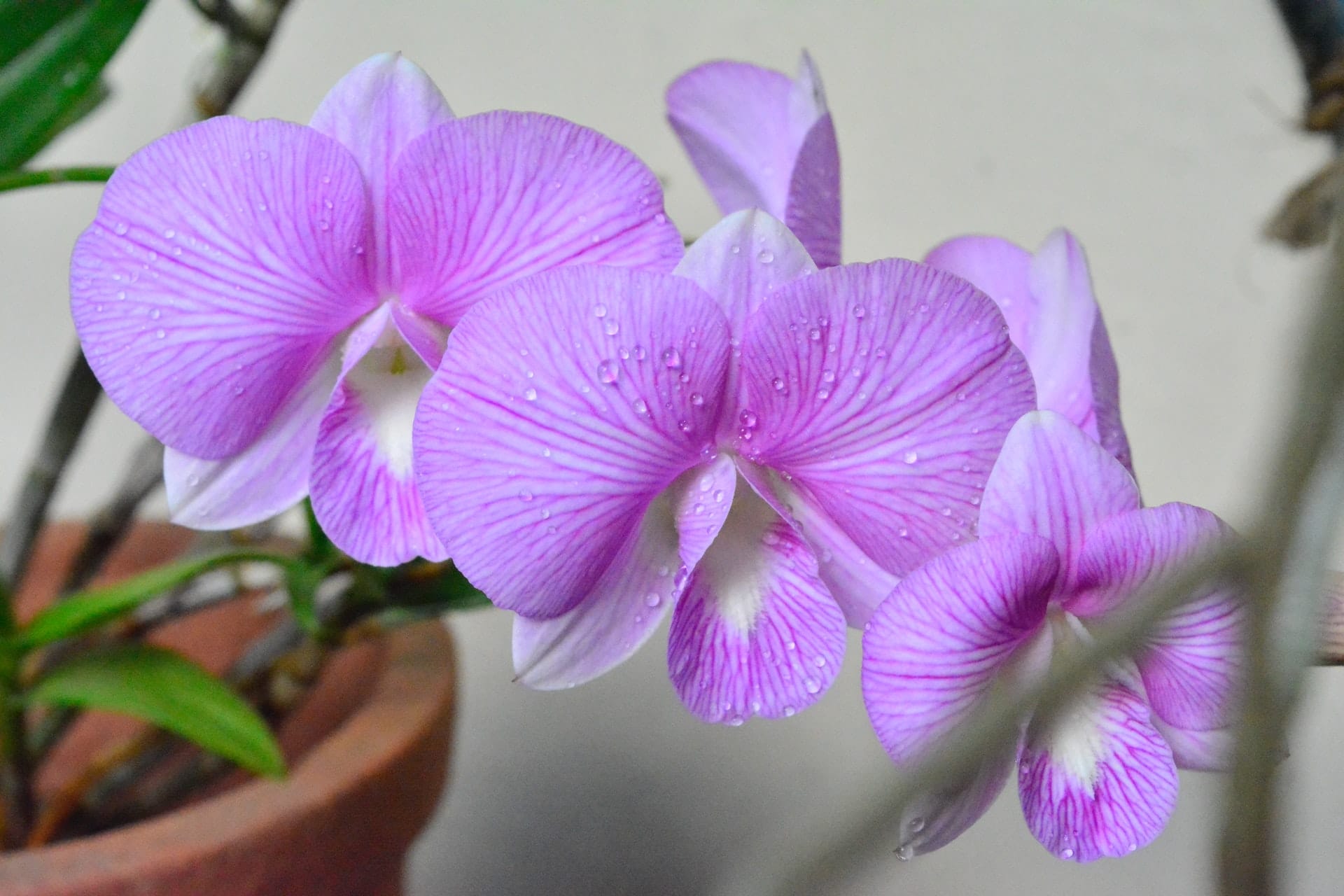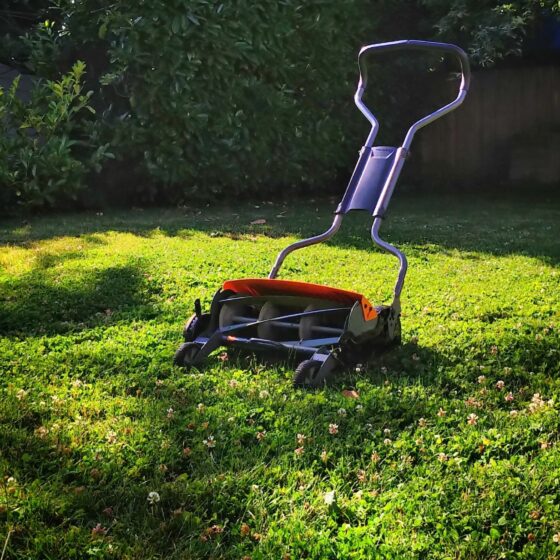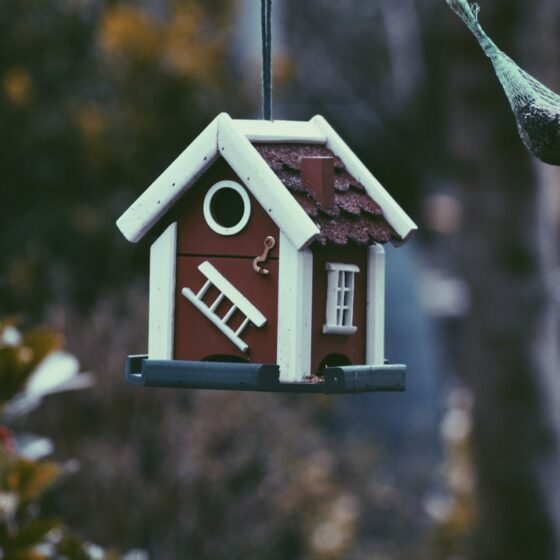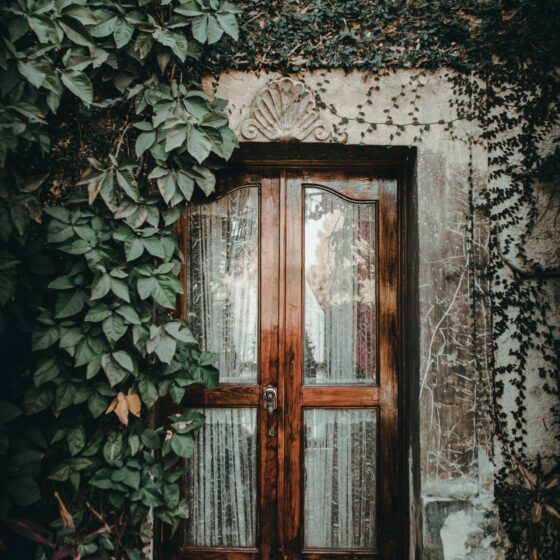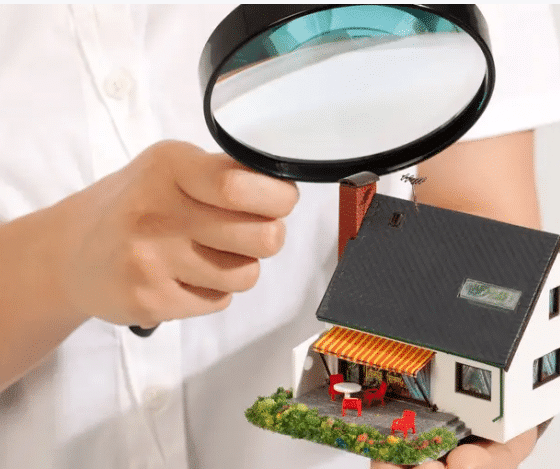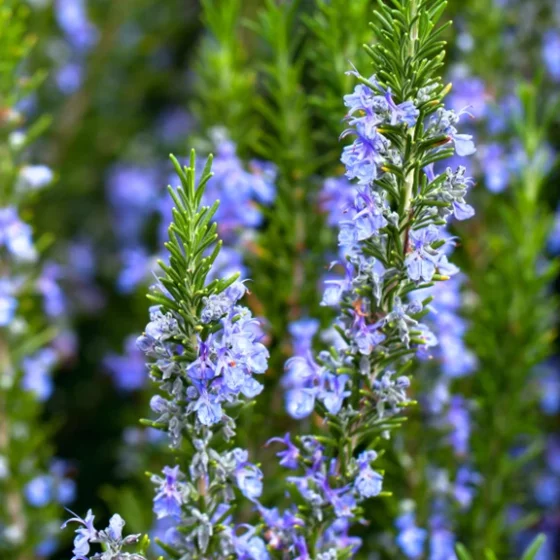If you’ve been caring for an orchid and it’s starting to look a little crowded in its pot, it’s time to repot it! Repotting an orchid is a relatively simple process, but there are a few things you need to know in order to do it correctly.
In this blog post, we’ll walk you through the steps of how to repot an orchid safely and effectively. After reading this guide, you’ll be able to transplant your orchid into a new pot with ease!
How to Know If It’s Time to Repot Your Orchid
As your orchid grows, it will eventually outgrow its pot. When this happens, you’ll need to repot it into a larger pot. But how do you know when it’s time to repot?
Here are a few signs that it might be time to repot your orchid:
- Your orchid’s roots are showing through the potting mix or out of the drainage holes.
- Your orchid is top-heavy or unstable in its pot.
- Your orchid has been in the same pot for more than two years.
- You see signs of pests or diseases, such as root rot, in the potting mix.
If you see any of these signs, it’s time to repot your orchid. When repotting, be sure to use a well-draining potting mix and a pot that is only slightly larger than the current one. This will give your orchid the space it needs to continue growing without being too pot-bound.
When Is the Best Time to Repot an Orchid into a Bigger Pot?
The best time of year to repot an orchid plant is typically in the spring, after the plant has bloomed. This allows the plant to put all its energy into growing new roots, rather than flowers. However, if your orchid is not blooming and needs to be moved to a larger pot, fall is also an acceptable time to repot.
Ideal Potting Medium for Orchids
When it comes to potting orchids, there is no one-size-fits-all answer. The best potting mix for an orchid will depend on the specific needs of the plant. In general, however, there are a few things to keep in mind when choosing a potting mix for your orchid.
One of the most important things to consider when potting an orchid is drainage. Orchids need a potting mix that will drain well, as they are susceptible to root rot.
A good way to ensure adequate drainage is to use a potting mix that contains perlite or vermiculite. It’s always best to prevent root rot, but if it happens, there are a few things you can do to revive your orchid such as cutting away the rooted rots.
Another thing to consider when potting an orchid is the level of humidity. Orchids prefer a humid environment, so a potting mix that retains moisture well is ideal. A good way to achieve this is to add sphagnum moss to the potting mix.
Finally, it is important to choose a potting mix that is light and airy. A good way to achieve plenty of aeration is to use a potting mix that contains bark or other organic matter.
You can find ready-made potting mixes specifically designed for orchids at most garden centers or online retailers. Also, you can make your own mix using ingredients such as perlite, sphagnum moss, and bark chips. Whichever mix you choose, be sure to water it thoroughly before using it to pot your orchid.
Choosing the Right Pot
There are a few things to consider when choosing a pot for an orchid. The first is the size of the pot. The pot should be big enough to accommodate the roots of the plant, but not so big that the plant is dwarfed by it.
The general rule of thumb is to go up one pot size from the current pot. So, if your orchid is currently in a 4-inch pot, you would want to move it up to a 5-inch pot. This will give the roots room to grow, while still allowing the plant to remain snug in its pot.
The second is the material of the pot. Orchids do best in pots made of porous materials like wood or clay, which allow the roots to breathe. Plastic pots are not ideal, as they do not allow for proper drainage and can cause the roots to rot.
The third is the drainage of the pot. Orchids need good drainage, so make sure the pot has plenty of holes in the bottom.
Finally, consider the aesthetic of the pot. Choose a pot that compliments the plant and your home decor.
How to Repot Orchids
The first thing you’ll need to do is gather your supplies. You’ll need a new pot that is only slightly larger than the one your orchid is currently in, some fresh potting mix, and a few small rocks or pebbles. Once you have everything you need, it’s time to get started!
Prepare the Potting Mix
The next step in replanting an orchid is to prepare the potting mix. As we already mentioned, orchids need a light, well-draining potting mix that contains plenty of organic matter. A good potting mix for orchids can be made by mixing equal parts of sphagnum peat moss, perlite, and coarse sand. If you can’t find a commercial potting mix that is specifically formulated for orchids, you can make your own by mixing together these ingredients.
When preparing a potting mix for orchids, it’s important to soak the mix before using it. This will help to ensure that the mix is evenly moist and that the roots of the plant will have access to enough water.
To soak the potting mix, simply place it in a container of water and let it sit for at least an hour. If the mix is particularly dry, you may need to let it soak for longer. Once the potting mix is fully saturated, drain off any excess water and then it’s ready to use.
Remove the Orchid from the Old Pot
To begin, water your orchid well and then let it drain. This will help to soften the roots and make repotting easier. Next, gently remove your orchid from its current pot. Be careful not to damage the roots as you do this.
Once your orchid is out of the pot, take a look at the roots. If they are long and tangled, you can trim them back a bit with a sharp knife. This will help your orchid to fit better in its new pot.
Once the orchid is removed from its pot, shake off any excess dirt from the plant.
Next, using the paintbrush, gently brush away any old potting mix from the roots of the plant. This will help the new potting mix to better adhere to the roots.
Plant the Orchid in a New Pot
Now, it’s time to begin replanting the orchid in its new pot. First, add a layer of small rocks or pebbles to the bottom of the pot. This will help with drainage. Next, add a layer of potting mix.
Next, carefully place the orchid in the pot and add more potting mix around the roots, being sure to firm it in gently.
Finally, water the orchid well and allow it to drain before placing it on its plant saucer.
Stake the Orchid
When it comes to staking orchids, there are a few things to keep in mind. First, make sure the stake is tall enough to support the plant when it blooms and becomes top-heavy. Second, use a material that won’t rot or degrade in the moisture-rich environment around the roots of the plant. And finally, be sure to secure the plant to the stake in a way that won’t damage the roots or stem.
Conclusion
Orchids are some of the most beautiful tropical plants in the world, but they can be a little tricky to care for. If you’re new to growing plants, repotting orchids may seem daunting.
But with a little know-how, it’s a process that anyone can do. By following these simple steps, you can successfully repot your orchid and keep it looking beautiful for years to come.
FAQ
How do you know when to repot an orchid?
The best way to know if your orchid needs repotting is by checking the roots. If you see that the roots are tightly bound in the pot or they are growing out of the drainage holes, then it’s time to give your orchid a new home.
Should I repot my orchid after buying it?
The answer to this question depends on the pot your orchid came in. If you just purchased your orchid, it’s best to wait at least a year before repotting. This gives the plant time to adjust to its new surroundings and become established. If the pot your orchid is in is too small, however, you may need to repot it sooner.
Can I repot an orchid in regular potting soil?
No, you cannot repot an orchid in regular potting soil. Orchids need a special type of potting mix that is loose and airy. This type of potting mix can be found at your local nursery or garden center.
What kind of soil do orchids need?
Orchids need a light, well-draining potting mix that contains ingredients like bark, perlite, or charcoal. These ingredients help to aerate the roots and prevent the potting mix from becoming waterlogged. You can find potting mixes specifically designed for orchids at your local garden center.
Do orchids need special pots?
No, orchids do not need special pots. In fact, you can repot your orchid in any type of pot that has drainage holes. Just be sure to select a pot that is not too large or small for your plant. When replanting your orchid, you’ll want to use a pot that is only slightly larger than the current one. This will give the roots room to grow without being too loose in the pot.
When should you repot an orchid?
The best time to transplant an orchid is in the spring, after it has finished blooming. However, if your orchid is overgrown and roots are spilling out of the pot, you’ll need to repot it sooner. How often you’ll need to repot your orchid will depend on how fast it grows.
Young orchids will need to be repotted more often than mature ones. For all the steps of how to repot an orchid, check out our detailed guide above.

